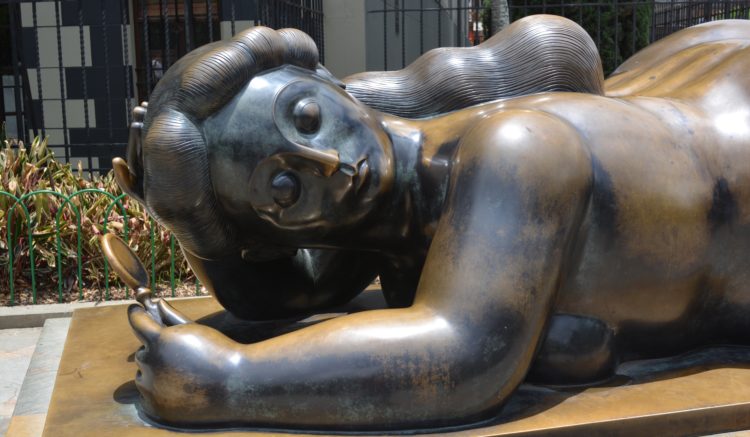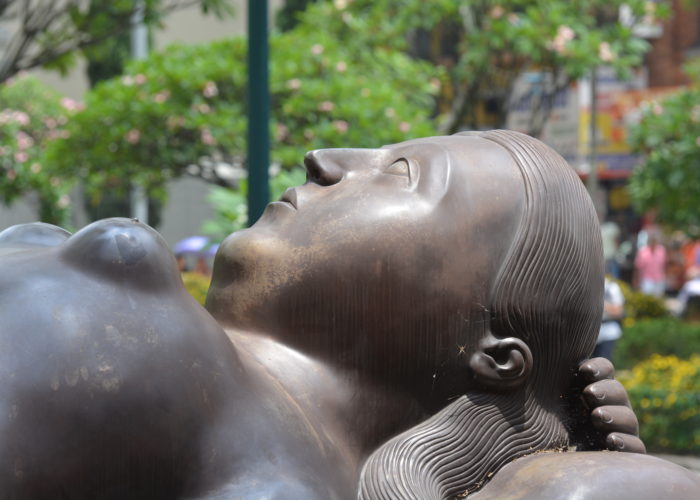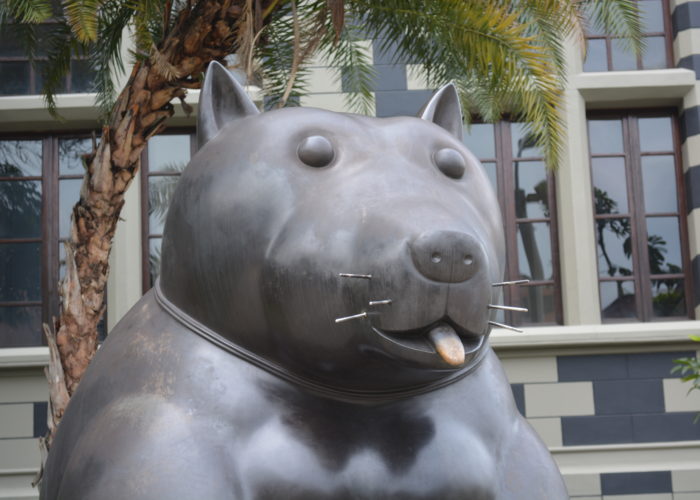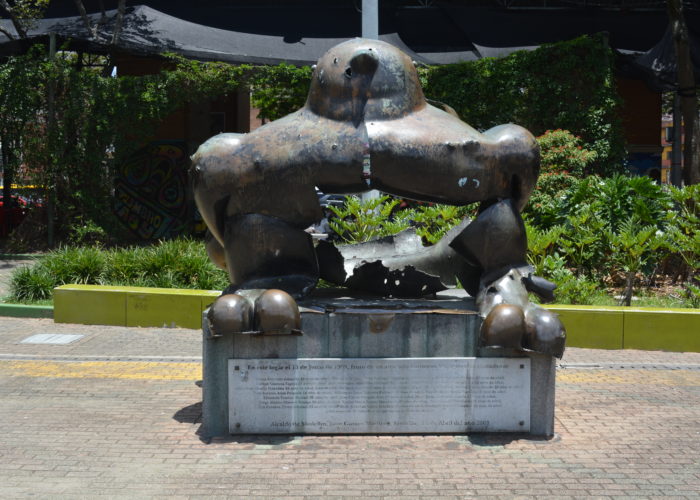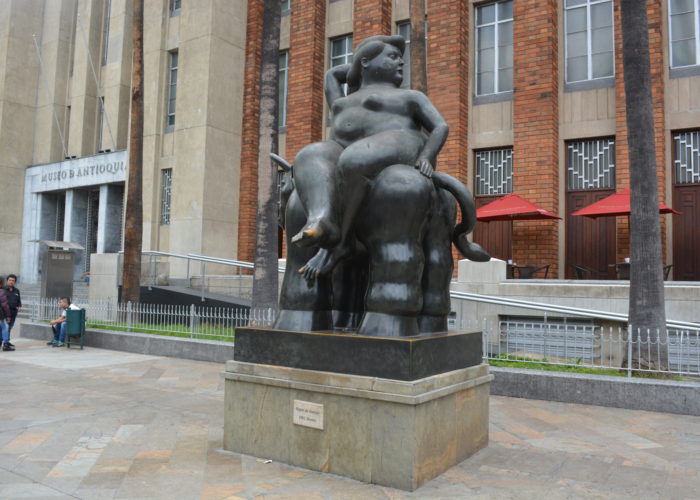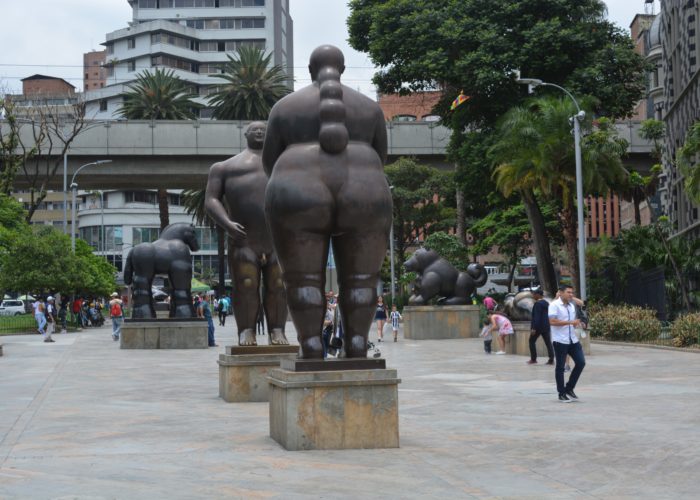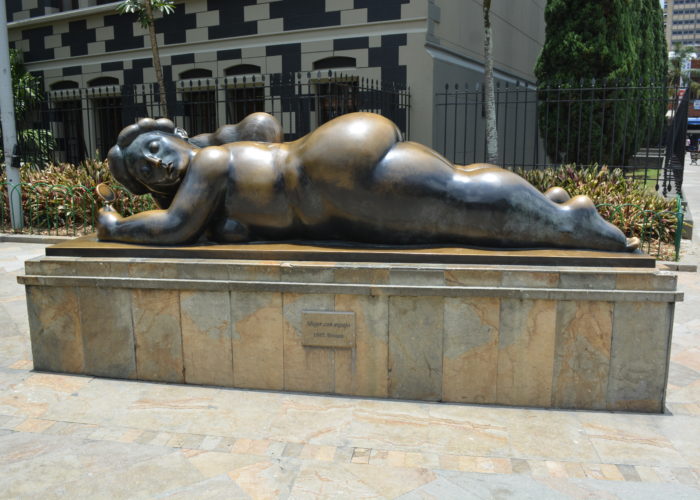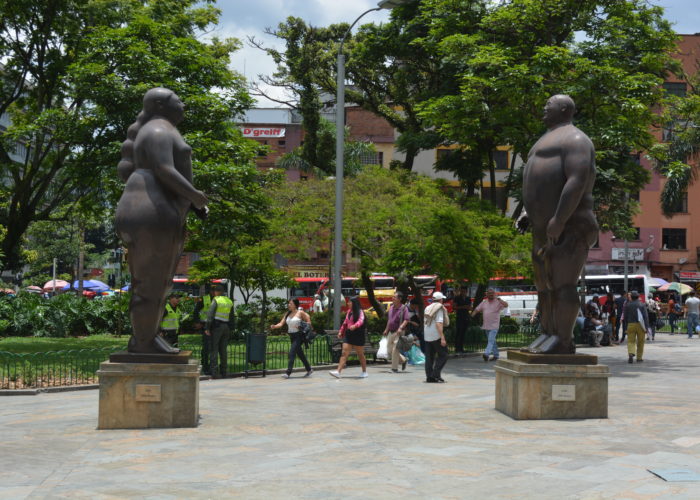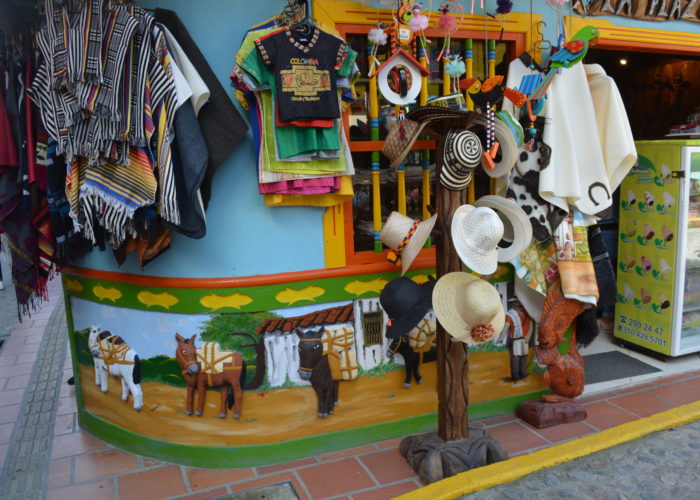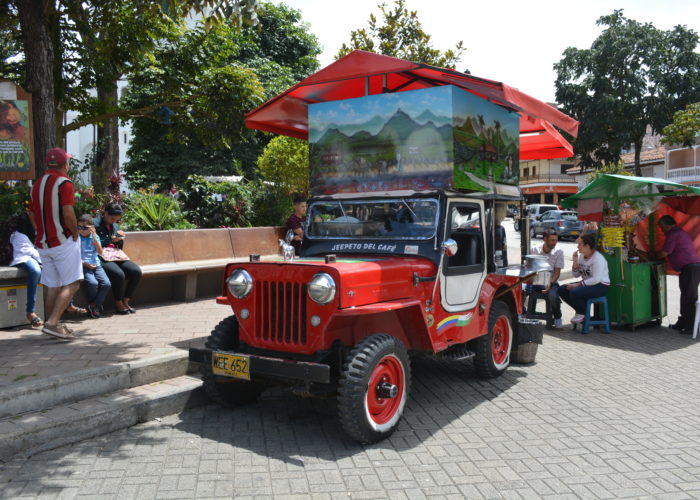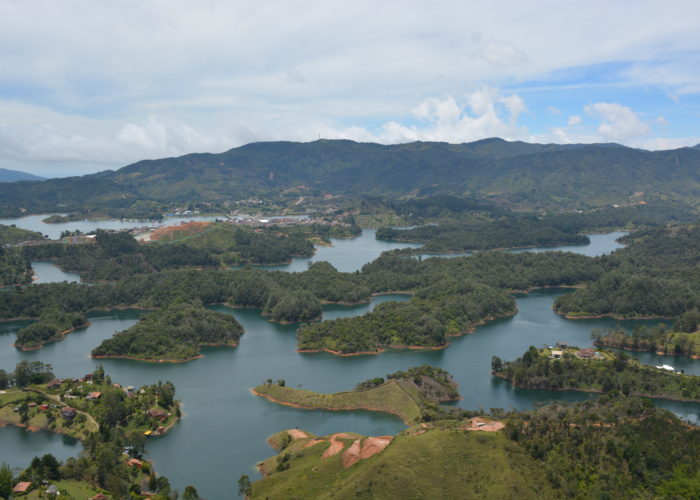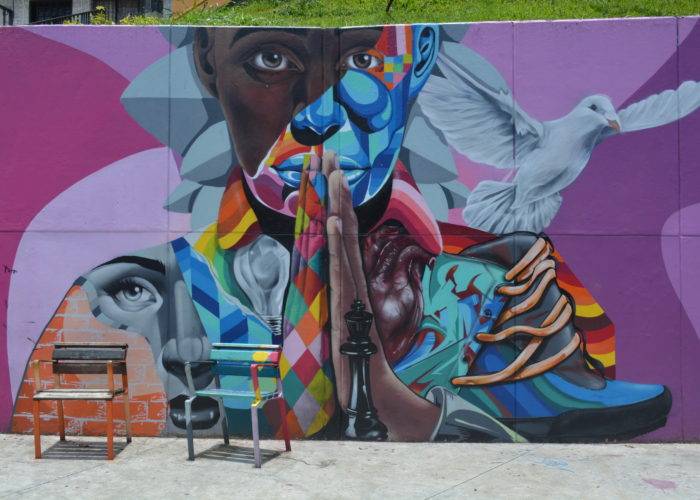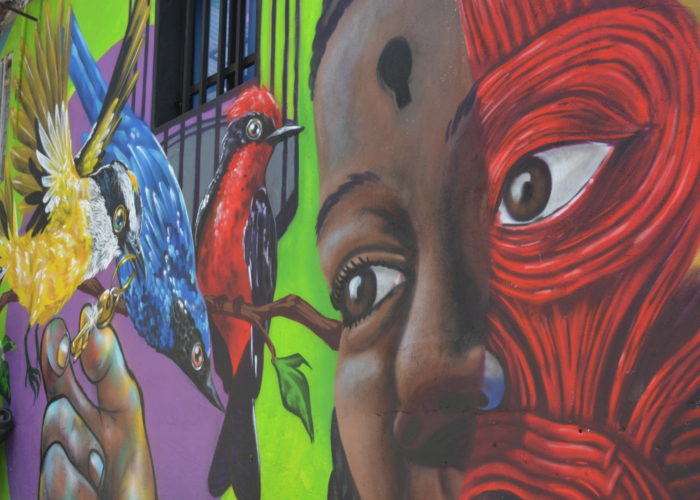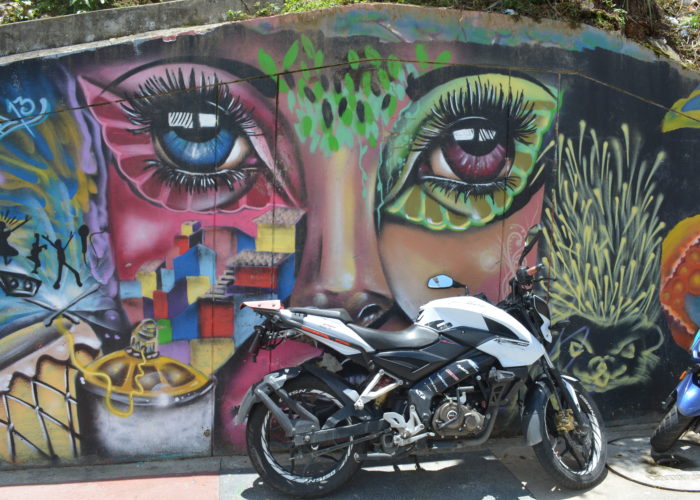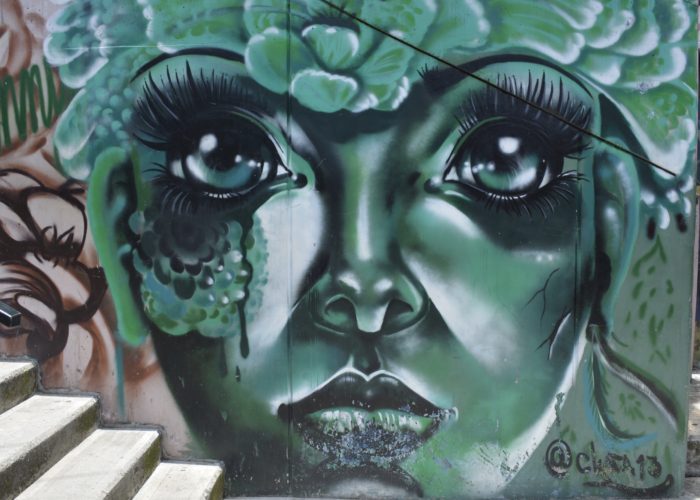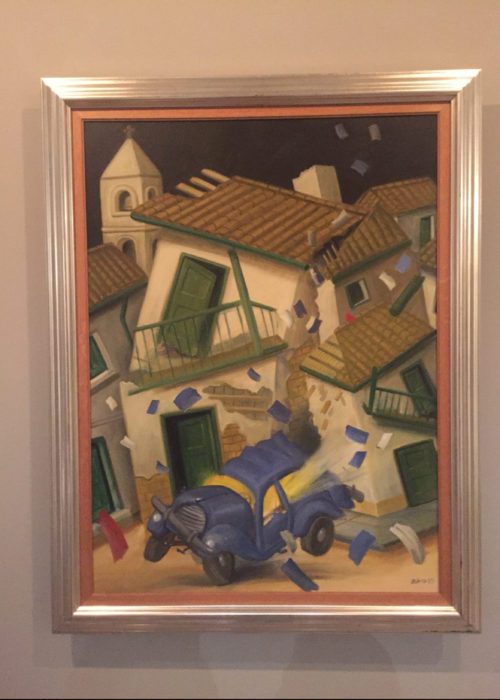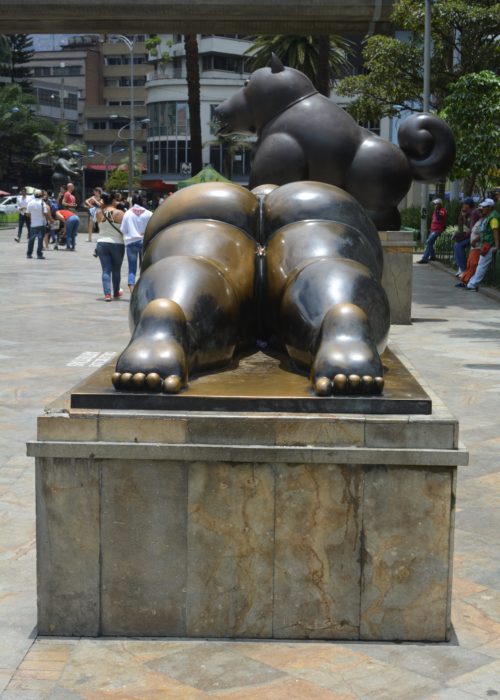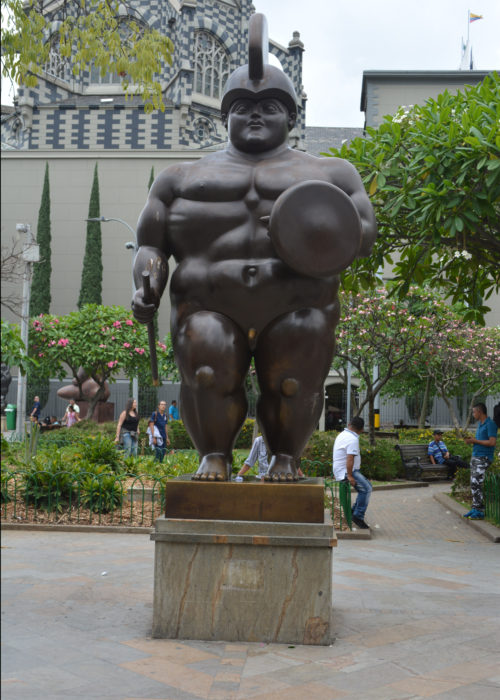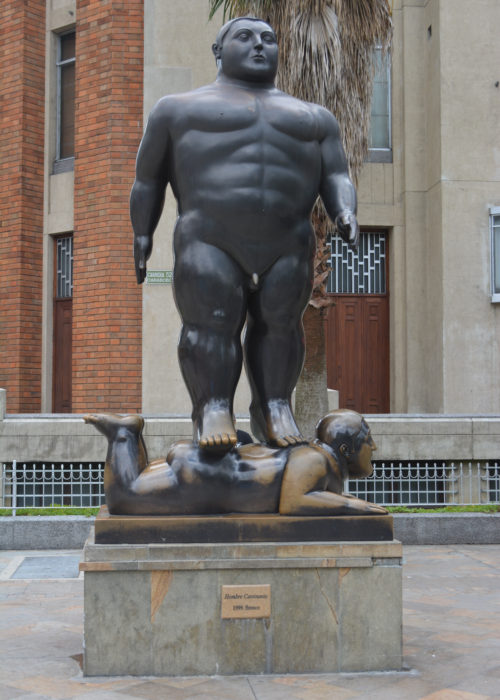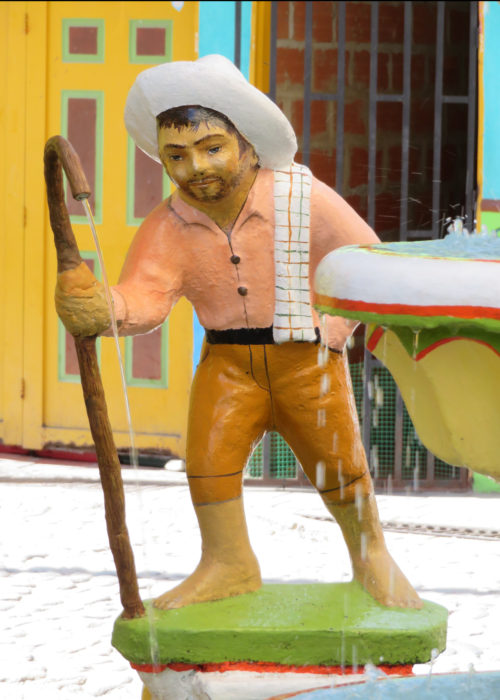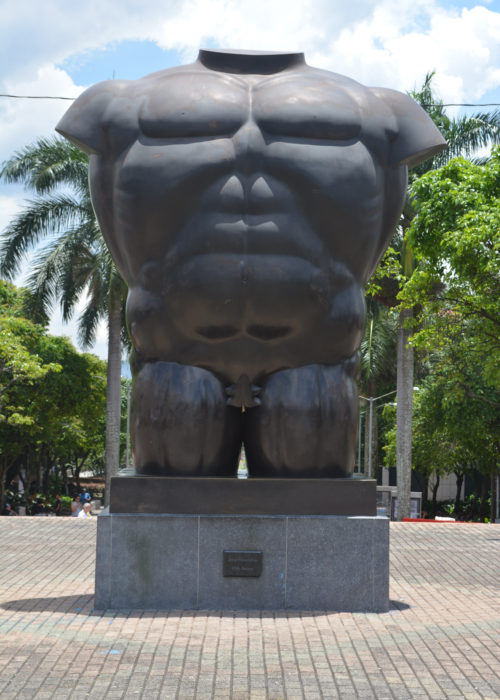Medellín is a city with an infamous reputation and when we first visited Colombia back in 1989 it was simply too dangerous to visit as it was the epicentre of Pablo Escobar’s drug cartel. Since his death, and major steps by the Colombian authorities, the city has been completely transformed and it has become one of the most exciting urban centres in Latin America. While there is still a significant number of people on the margins, like many successful cities, living on the streets including a number of drug addicts, the city feels economically prosperous with a lot of service industries and factories keeping the population busy. The city boasts a modern transport system but also has a large number of commuters traveling by motor bikes. It is also noticeable that the City authorities are trying to make the City a pleasant place to live, with cleaning gangs actively keeping the streets clean including the areas where rough sleepers congregate.
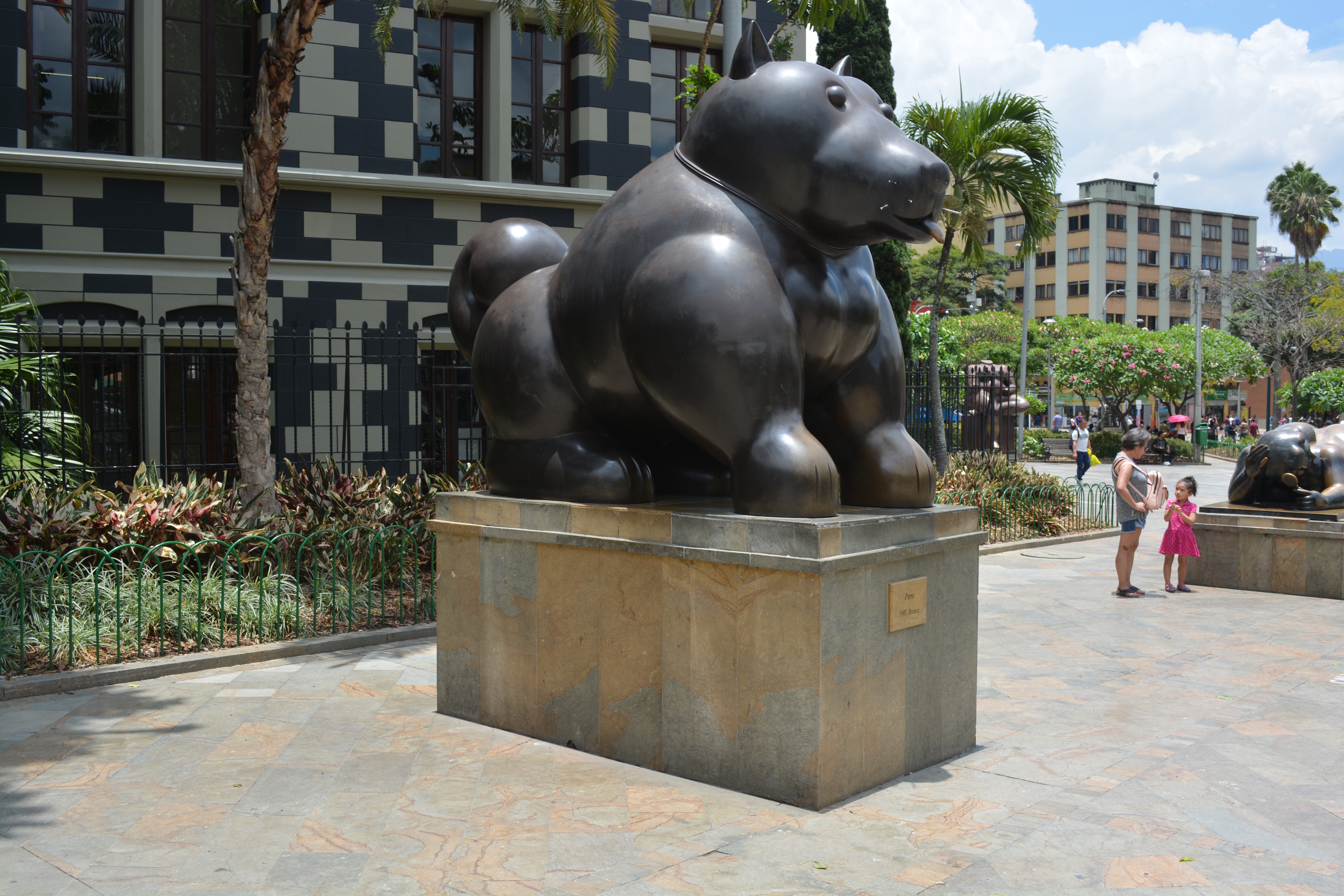
While the city lacks the old colourful colonial buildings that some of the more tourist cities have, it does have a number of hidden gems. In particular Botero Park is an open public space that is unrivalled anywhere. Here Medellín’s most famous other son, Fernando Botero donated some twenty three of his iconic sculptures as a gift to aid the regeneration of the city. The sculptures are elegantly presented in the Park, and people are encouraged to touch the work as it is supposed to bring good luck. Botero’s work has a unique ability to bring a smile to the most hardened cynics face and the Park make a most welcoming focal point to the city.
On one side of the Park is the Museo de Antioquia where more of Botero’s work is displayed alongside other Colombian artists. In particular some of his most important paintings are displayed, including Car Bomb and The Death of Pablo Escobar. Again all his work has been donated to the museum.
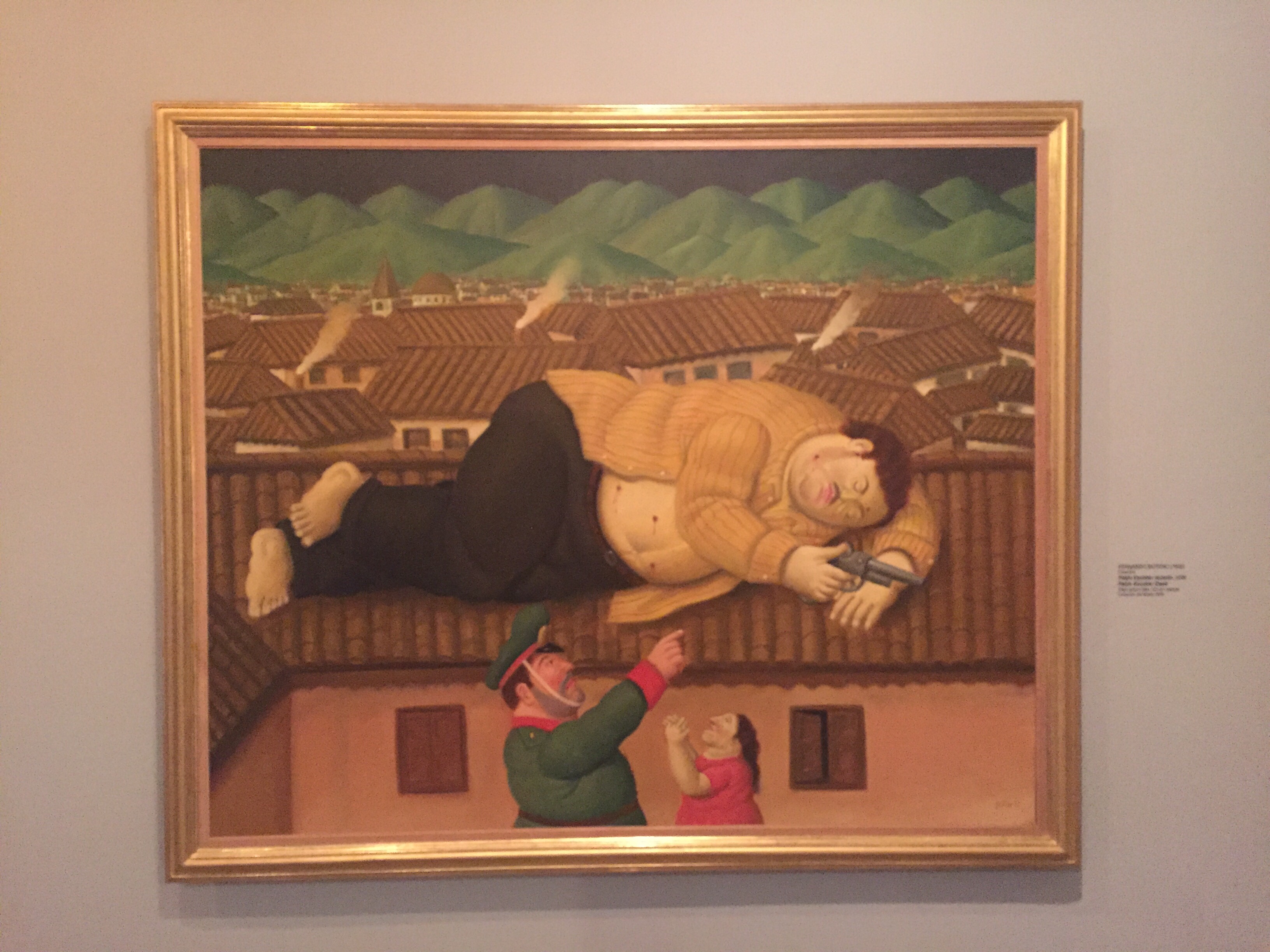
Nearby Botero Park, are two of Medellín’s oldest churches, the Ermita de la Veracruz and the Basilica de Nuestra Señora de la Candelaria, the latter being Medellín’s cathedral until 1931 when the new large brick constructed cathedral was built. Both church’s are attractively maintained and cleanly painted white.
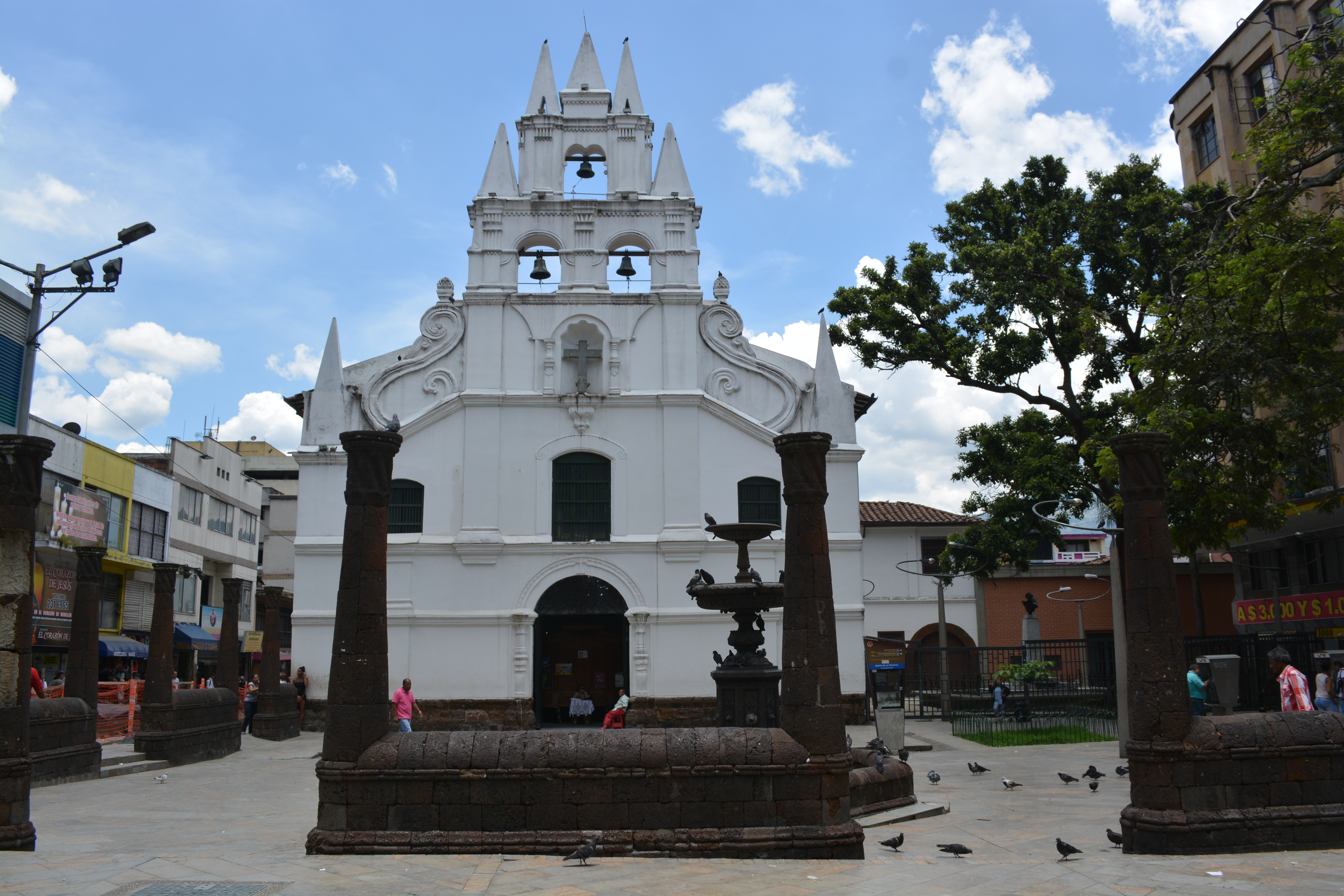
The streets round the centre are full of shops and specialist workshops and during working hours are very busy. Parque San Antonio, an open space a few. Locks away from the Basilica contains four more important sculptures by Botero, including one of a bird which was partially destroyed by a bomb in 1995 which killed some 23 people at a concert. Rather than remove the remains of the sculpture, they were left in situ and a new replica using the original caste was donated by Botero and simply placed alongside the remains of the original.
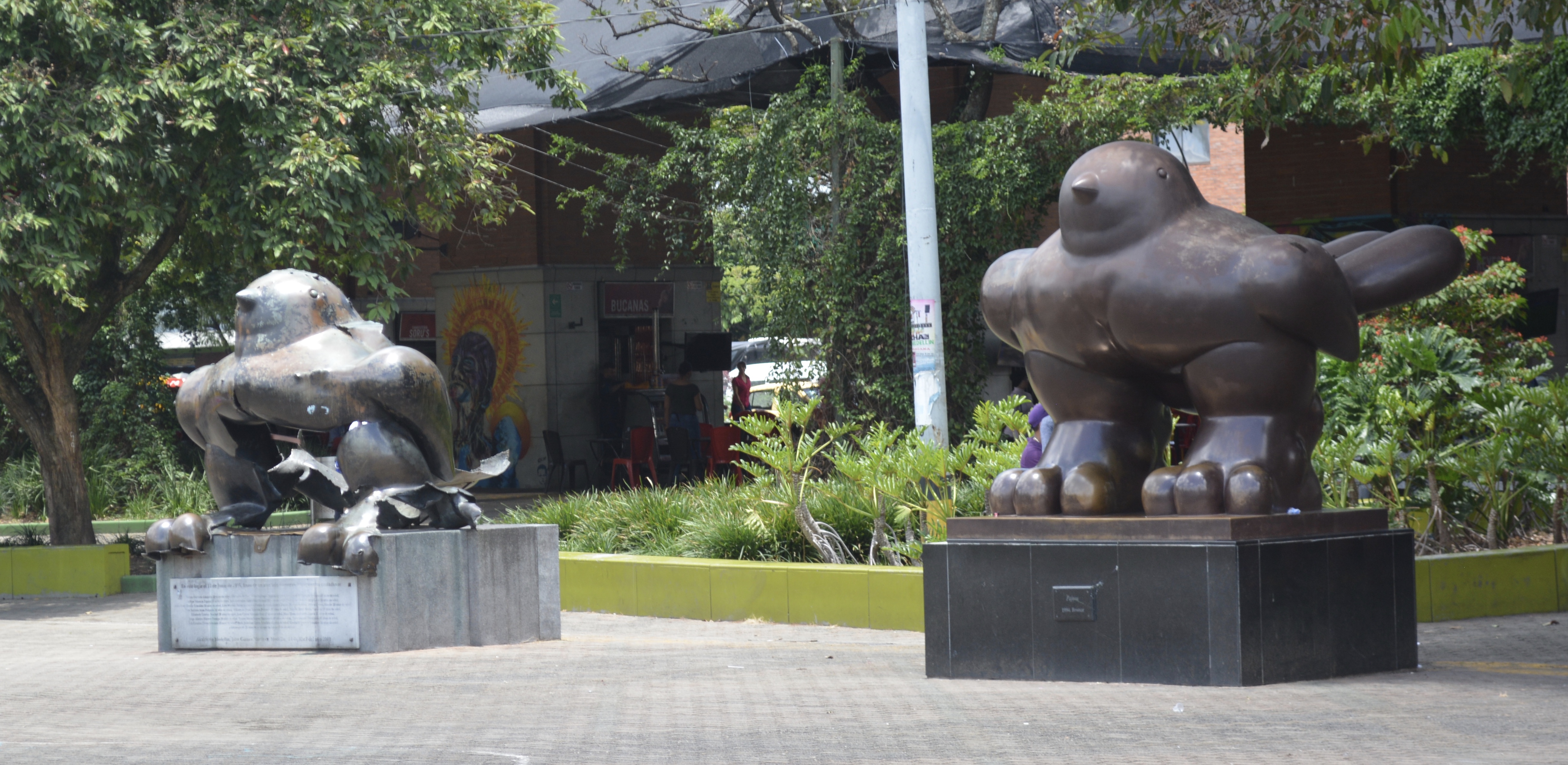
We stayed in the Poblado district, which is a modern areas just South of the Historical Centre. Here is the main party centre of the city, with numerous bars and restaurants all congregated around a few streets and squares. The place has a young vibe and is full of activity 24/7.
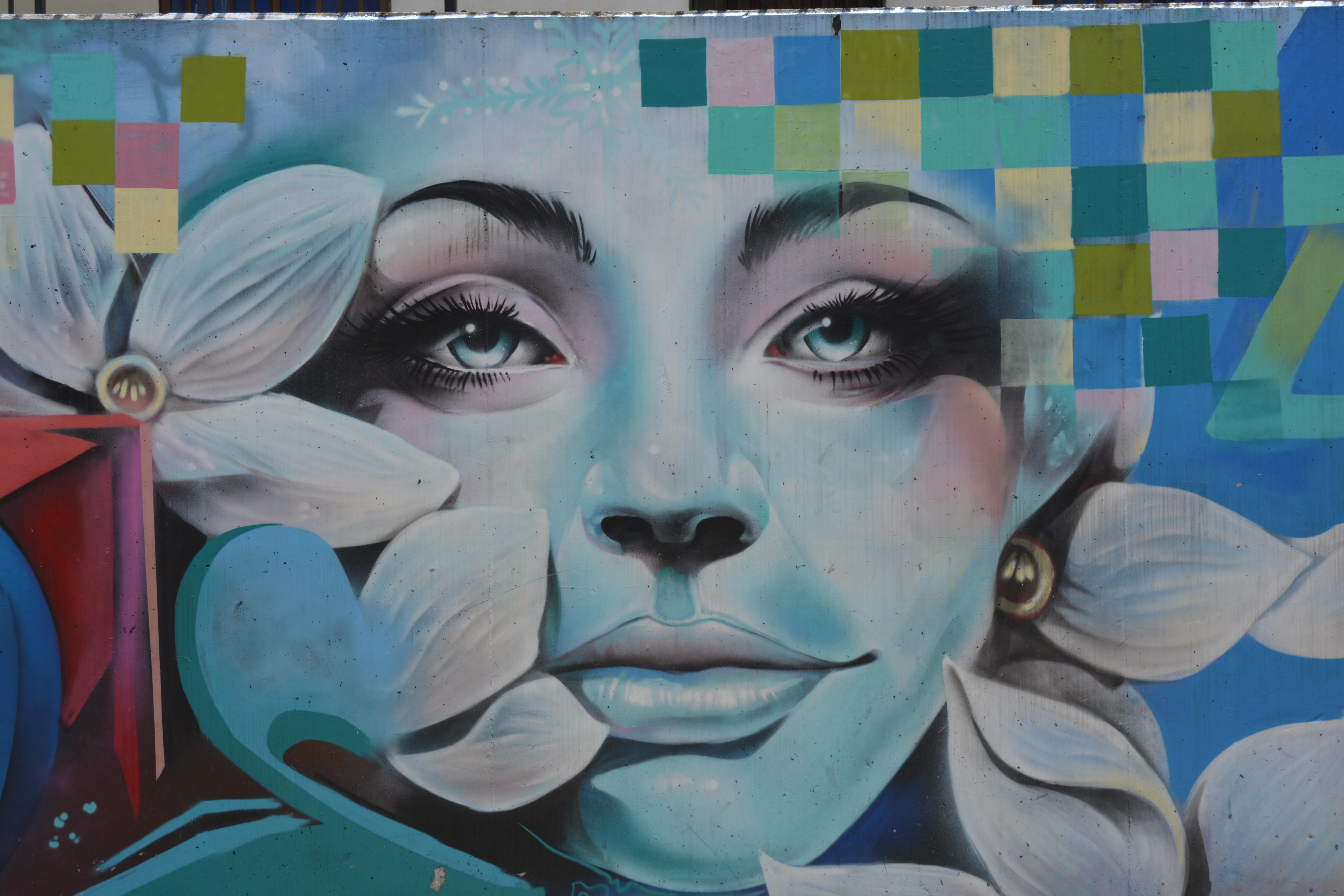
To the West of the City hugging the mountain side is one of the most notorious neighbourhoods, Comuna 13, which used to be full of gangs and extremely violent. As part of a major regeneration program major improvements in transport infrastructure have been bade, including the metro and also a cable car up the hillside bringing the community much closer to the City Centreand thus assisting the community to join the mainstream of Medellín. In addition six flights of escalators all covered with an orange canopy have been built up one of the steep hills. In amongst the different levels of escalators, children’s playgrounds have been built. Also there is some of Colombia’s best street art on the walls. The faces with their eyes painted so that they are always looking at you are particularly evocative.
In the surrounding countryside is Guatapé a picturesque town that now sits alongside the shores of the man made lake. What makes Guatapé unique are the colourful zócalos, which a decorative panels painted in bright colours that act a frieze along the base of all the buildings. The zócalos each tell a story about the building, for example a bakery will have some kind of bread, a butchers animals etc. The town is very popular with weekenders from Medellín and can get very crowded but is well worth the visit.
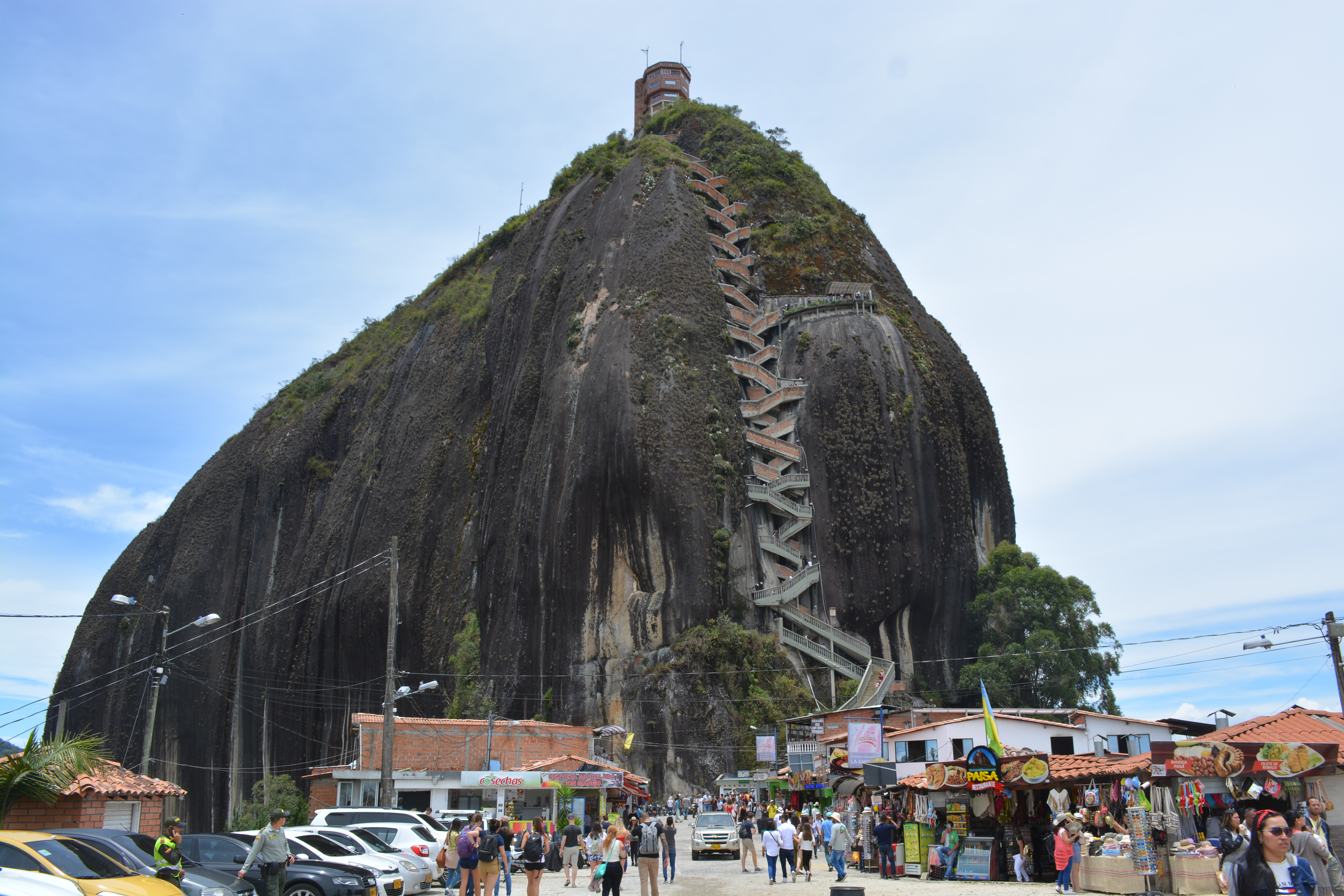
Overlooking Guatapé is La Piedra del Peñol, which is a smaller version of Rio’s sugar loaf mountain and has some 675 steps up the side of the mountain to the top where there are extensive views of the man made lake and surrounding countryside.
Overall it has been impressive how Medellín has regenerated itself in to an attractive and relatively prosperous city since it dark period of the 1980’s and 1990’s. Clearly there is a long way to go until all the community shares in its success and the full legacy of its drug problems are consigned to history, but progress has been enormous and it is one of the most interesting and exciting cities we have been to in South America.
Date: 06/09/2018 to 10/09/2018
